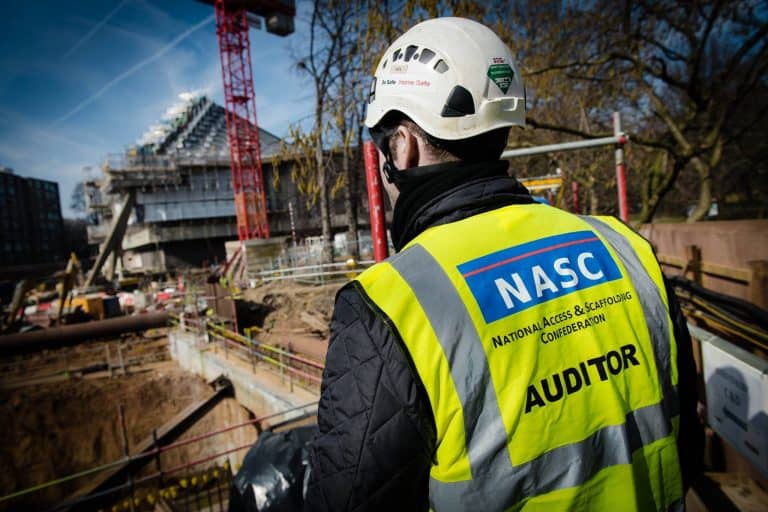The Lighthouse Construction Industry Charity Club has just published its third annual impact report. The report communicates to the industry, supporters and stakeholders, the impact that the charity is making and how it is helping to make a difference to the lives of our construction workforce and their families.
The total spent on charitable services was £1.482M, which includes £1,229.288 on the charity’s 24/7 Construction Industry Helpline, £228,882 on education and training and £19,740 on health and safety innovation.
In 2018, 1662 cases were presented to its free helpline, with 629 of these needing emergency financial assistance and 1,033 receiving advice on welfare and mental wellbeing. The total spent on supporting the helpline increased from £736,625 in 2017 to £1.48M in 2018, an increase of over 70%.
As in 2017, the top three reported illnesses and causes of death were cancer (56%), mental health, (32%) and respiratory issues (4%). Sarah Bolton, Head of Charitable Services said, “We continue to work with other charitable organisations including MacMillan, MIND and the Samaritans to provide specialist support. We also utilise our referral pathways to ensure that our construction workers have access to all the possible support that is available to help them on their road to recovery.”
The report also details the huge strides the charity is making to improve the health, safety and wellbeing of our construction workforce and for the first time, includes information about the most exciting developments of 2018, their involvement in the Building Mental Health programme and the recently launched Construction Industry Helpline mobile app.
The Building Mental Health working group is led by volunteer industry experts, who have developed an online portal of resources to support employers in developing a positive mental health culture in their organisation. It includes a five step plan to better mental health and offers free resources including a tool box talk and information on how to access mental health training.
The Construction Industry mobile app was launched in December 2018 and has been downloaded over 10,000 times. The app is aimed at people who may not feel ready or comfortable talking about their situation and provides expert advice, self-help tools and easy to use coping strategies.
The Charity was also chosen to manage a two year, £1.1M CITB funded project to train 300 construction focussed mental health first aiders for the industry. The project is ongoing, but to date, £233,822 has been spent resulting in the training of 144 mental health first aid instructors, who in turn have trained 752 Mental Health First Aiders. The programme also delivered 812 half-day mental health awareness courses to members of the construction industry, and over 300 organisations have signed the charity’s Building Mental Health Charter, demonstrating their commitment to improving their mental health culture.

Bill Hill, CEO of the Lighthouse Construction Industry Charity said, “Demand in our charitable services continues to grow, but by delivering pro-active resources and training at the front end we are helping organisations and individuals to prevent situations reaching crisis point. We want to develop more of these resources but can only do so with the industry’s support. Fundraising was at an all time high last year but the significant escalation in families needing our support has put considerable pressure on finances. We need predictable and sustainable income to ensure that we achieve our mission in ensuring that no worker feels alone in a crisis and that is why we launched our Company Supporters initiative. We need organisations to commit to an annual donation so that we can plan ahead and provide even more support to our industry. For more information about the Company Supporters programme, visit www.Lighthouseclub.org/savealife
The full impact report is available to read here















